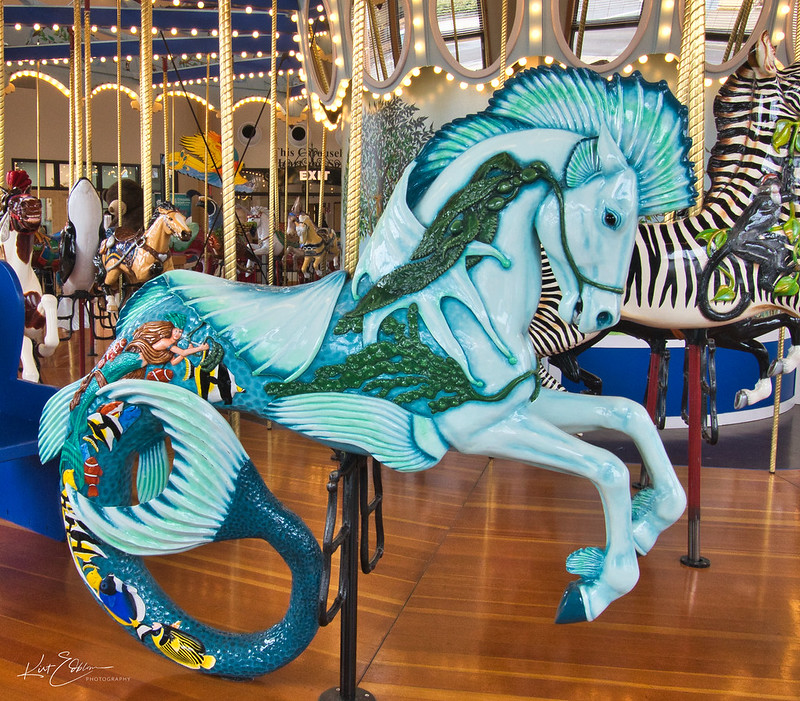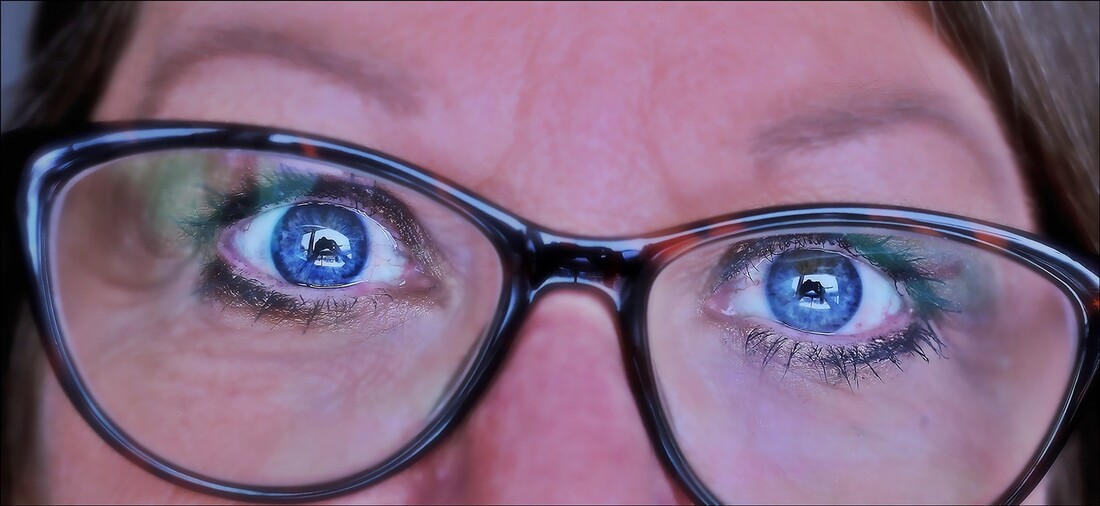Archives
July 2024
Categories
All
|
Back to Blog
THE CAT STORY4/26/2022 Our lives turned upside down for the good when a cat came into our family. A stray cat suddenly appeared and made our hearts melt. Of course, my five-year-old is the number one cat lover aside from my husband. We took him in (by subtle force), until we figured out if he's an inside cat or an outside cat.
With previous knowledge on cats, my husband both the whole gadgets in case he decided to be a home cat. A family member said and another friend confirmed, "a cat has a mind of its own." And so, with a bit of time, we figured out that he is both. He is both an inside cat and an outside cat. When the weather is great, we let him out and when it's time to go home, he's there waiting in the yard. Sometimes, he would wait until our truck was in the other house, and if he sees the truck, he will jump right on to be packed home. Another family member said, "He's a cat that behaves like a dog." He surely has a mind of his own. Our house is a hotel, an entertainment center, and a respite against the cold, brutal world. We're okay with the arrangements. He's just being who he is. It won't be great for other families for sure. If you're organization is set up to be something and behaves otherwise, and people get their noses up or insist that you behave like one (because of their own conditioning), it's time to break the stereotype. What people project on your organization, may not really who you are and most of the time, they're dead wrong.
0 Comments
Read More
Back to Blog
I asked this question because many organizational executives are comfortably in a fear mode in these difficult times. What's the next disruption that will derail, disrupt, disembowel your organization's market positioning? or for that matter, your reason for being? what is the most existential threat likely to happen in the next five years? If it's the fear of the uncertain/unknown that drives your executives to grind down everyday, you better back up and check that the fear is a positive fear that you can control and manage. If it's the fear of being left out/missing out in the trend-train, check the rational behind the impulse, and fall back to where you are actually generating sustainable outcomes. If it's survival and modest growth, plan to pivot when you can transition comfortably in the next 3 years, until such a time when you have the golden opportunity to create this new future. If it's growing and reclaiming lost ground, there is no better time, than now. Get consensus and act on what you have existing at the moment. "What's driving you forward?" is a better question than "What drives your executives sleepless at night?" You need to capitalize on the dynamics of forward-motion than the idealized notions of lessons learned. And I hope you're not running around a carousel.
Back to Blog
AFRAID TO FAIL4/15/2022 An organization that identified a huge gap in their operational talked to a consultant recently. They are willing to confront the pain and are willing to take steps to immediately reset their efforts. Then silence, silence, silence. What's happening behind the scenes would be telling? When managers have no strategic confidence to make decisions on the basis of information acquired and in the best intentions, paralysis-analysis occurs. They like bring too many people in the analysis of the problem, the prognosis, and the actions to be taken. They want to be told what to do. In short, they want to avoid failing at all costs. When this happens, failure-avoidance leads to very smart but all too narrow gains. What can you lose with that investment? Reputation loss, money, staff time, and opportunity costs? Think hard, are you losing all of them right now as we speak by doing the paralysis-analysis and failure-avoidance techniques. If you're too afraid, shut the doors and windows, and stay under the covers. |
 RSS Feed
RSS Feed


